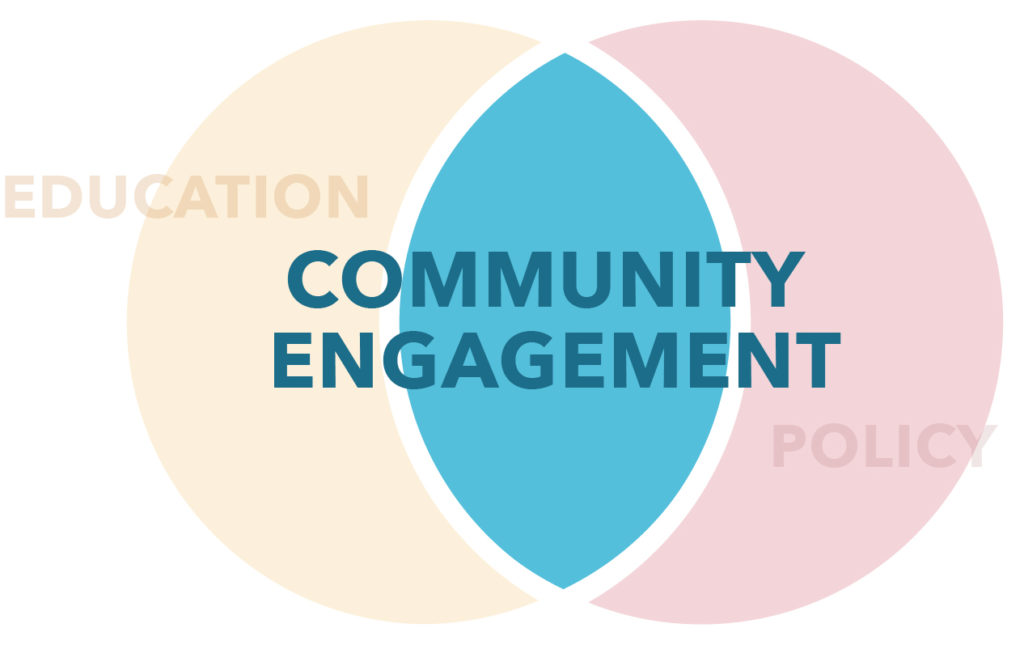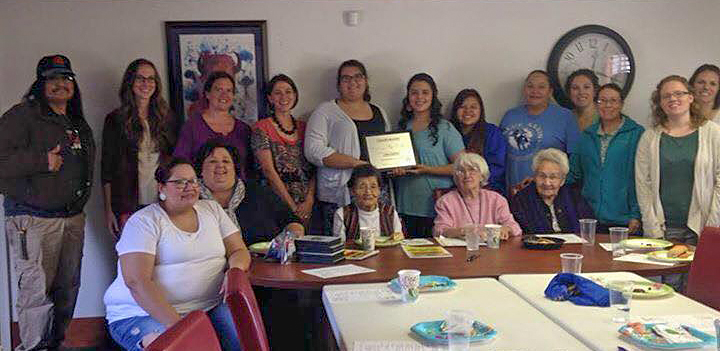Coalition meetings are a time to empower, learn, inspire, connect, update, and brainstorm.

Planning
- Make an agenda (previous events/activities updates, upcoming events/activities planning, new events/activities or goals discussion). Explore the Čaŋlí Coalition’s Meeting Agenda.
- Set meeting details (location, date, time, prioritize agenda items).
- Communicate meeting details at least 1 week in advance (email, social media, or phone calls work great).
- Communicate meeting details again within 24 hours of meeting.
- Prepare agendas, handouts, food (as appropriate), and meeting space.
- Ask an elder to make a statement/prayer before the meetings so you can start off in a good way.
Action
Guide coalition members through the meeting agenda making sure to involve those at the meeting and, when possible, those who were unable to attend. Identify action steps needed, who is responsible for what, and deadlines. Set the next coalition meeting date.
Materials needed
- Meeting space
- Beverages, meal, or snacks
- Printed agenda, extra pens, and handouts
Resources
- Scroll through posts to see live videos of meetings on the Čaŋlí Coalition Facebook Page.
- For tips from American Non-Smokers Rights Foundation on hosting a successful virtual meeting, click here.
Follow-up
- What went well? What didn’t go well?
- What changes are needed for the next meeting?
- Where do we go from here? Who is responsible for what?
What if?
Coalition members attend, but don’t volunteer for activities/events…
- Ask for volunteers, then count to 10 (slowly). Allow time for members to break the silence first.
- If no one steps up, don’t be afraid to ask a specific person for help. Explain what value you think they would bring and explain how you will support them.
Coalition members disagree…
- Set the expectation at the beginning of every meeting that everyone’s opinion is valued, but all members are expected to treat each other respectfully.
- Talk to members individually to try to understand their viewpoint and set boundaries.
No one shows up…
- Do not let this bring you down—find another way to send out the information. Refer to the coalition recruitment and coalition retention sections.
- Reach out to members you lost to thank them for the previous commitment and ask if there’s something you can do to make it easier for them to be involved again.
Hints

- Let your members be the “boots on the ground” to spread the word through 1:1 conversations, and to distribute event flyers, educational materials, signs, etc.
- Help members find their role. Learn what is and is not in their comfort zone (public speaking, behind the scenes planning, art/design, working with kids) and find a role that they feel good in.
- Express gratitude to volunteers and acknowledge what they did to everyone. This should encourage the person recognized to volunteer again and motivate other members to do their part.
- Celebrate successes (big and small) together at coalition meetings.
- Communicate the next meeting date so members can add it to their calendar.